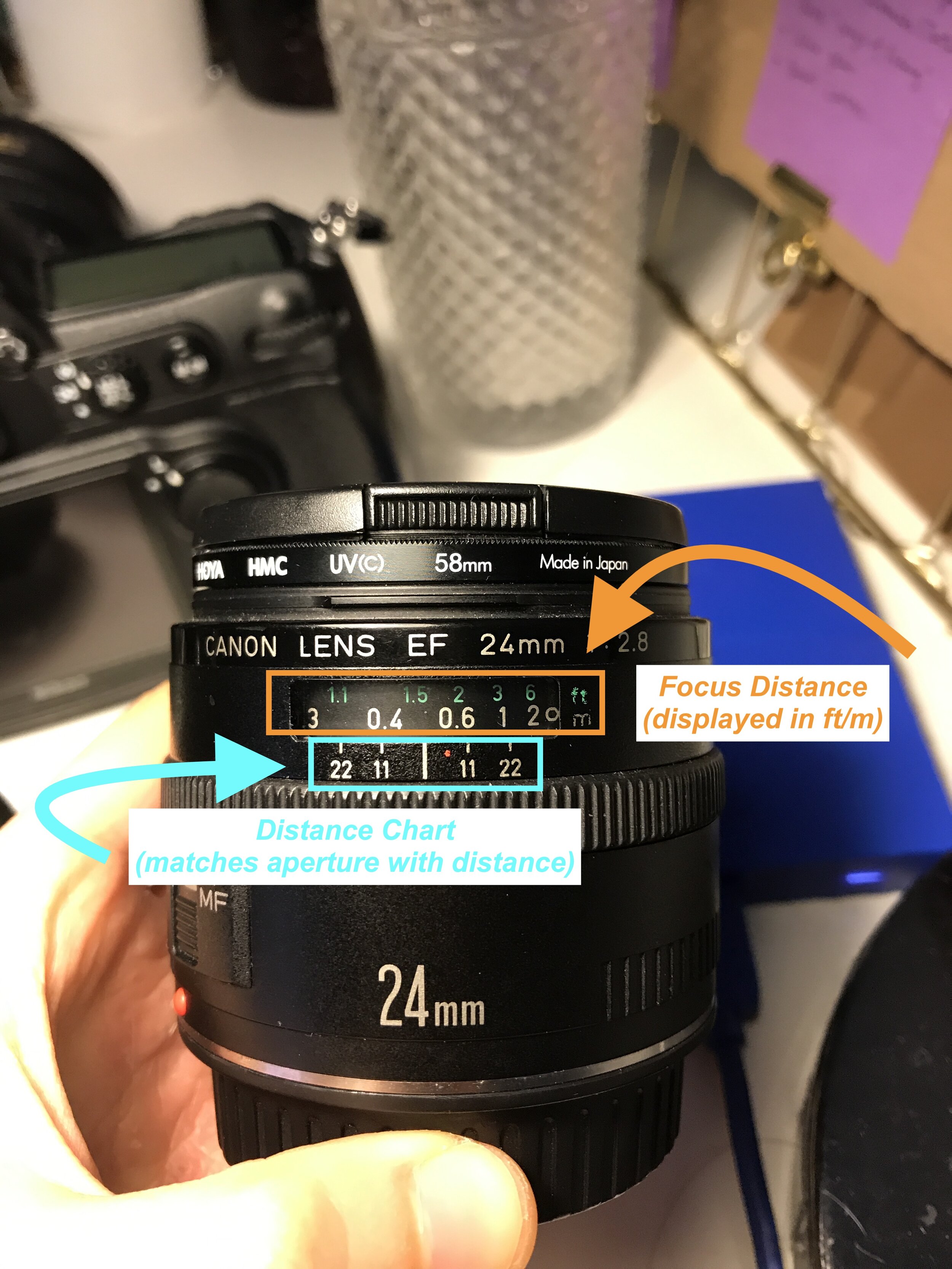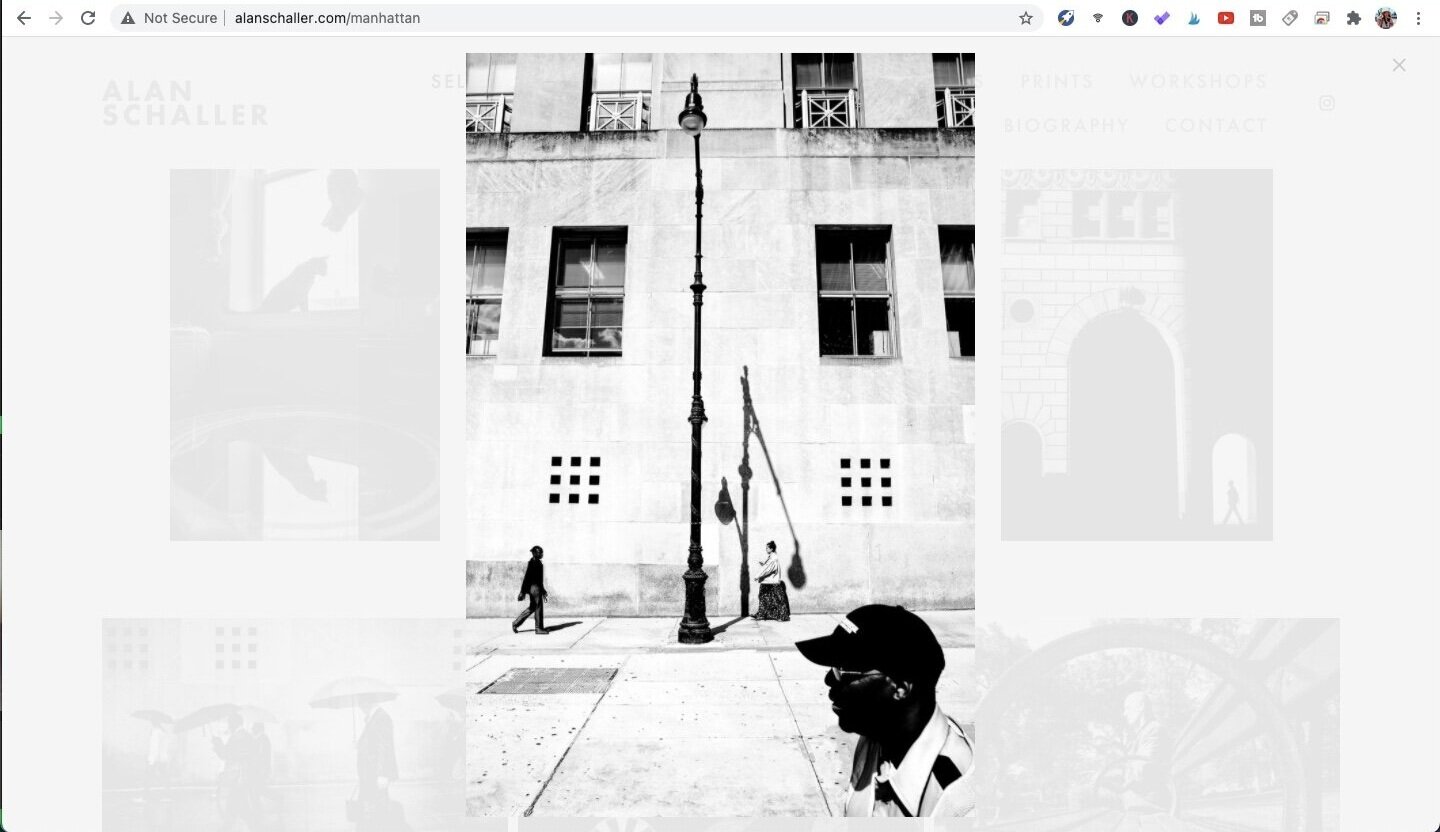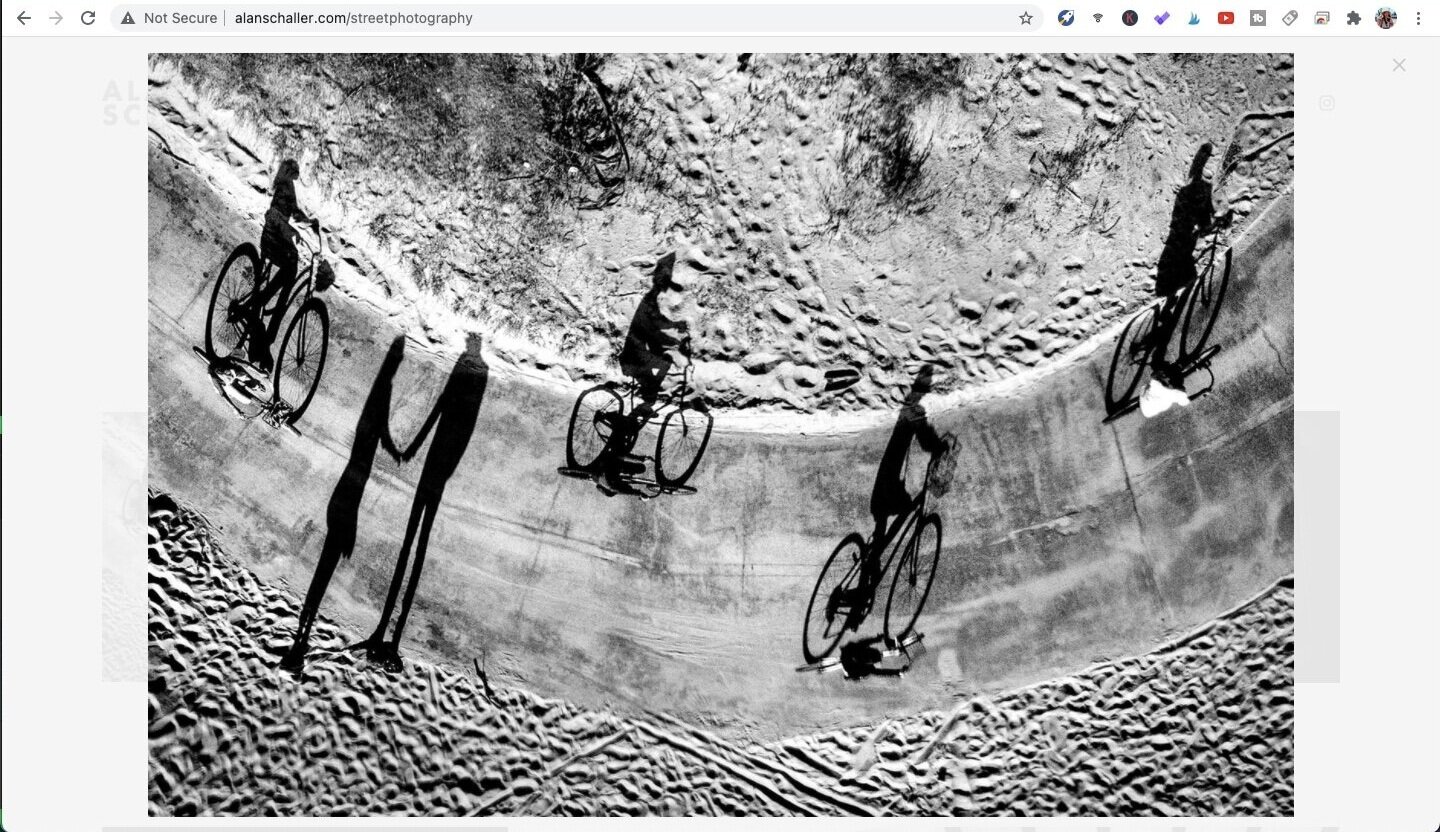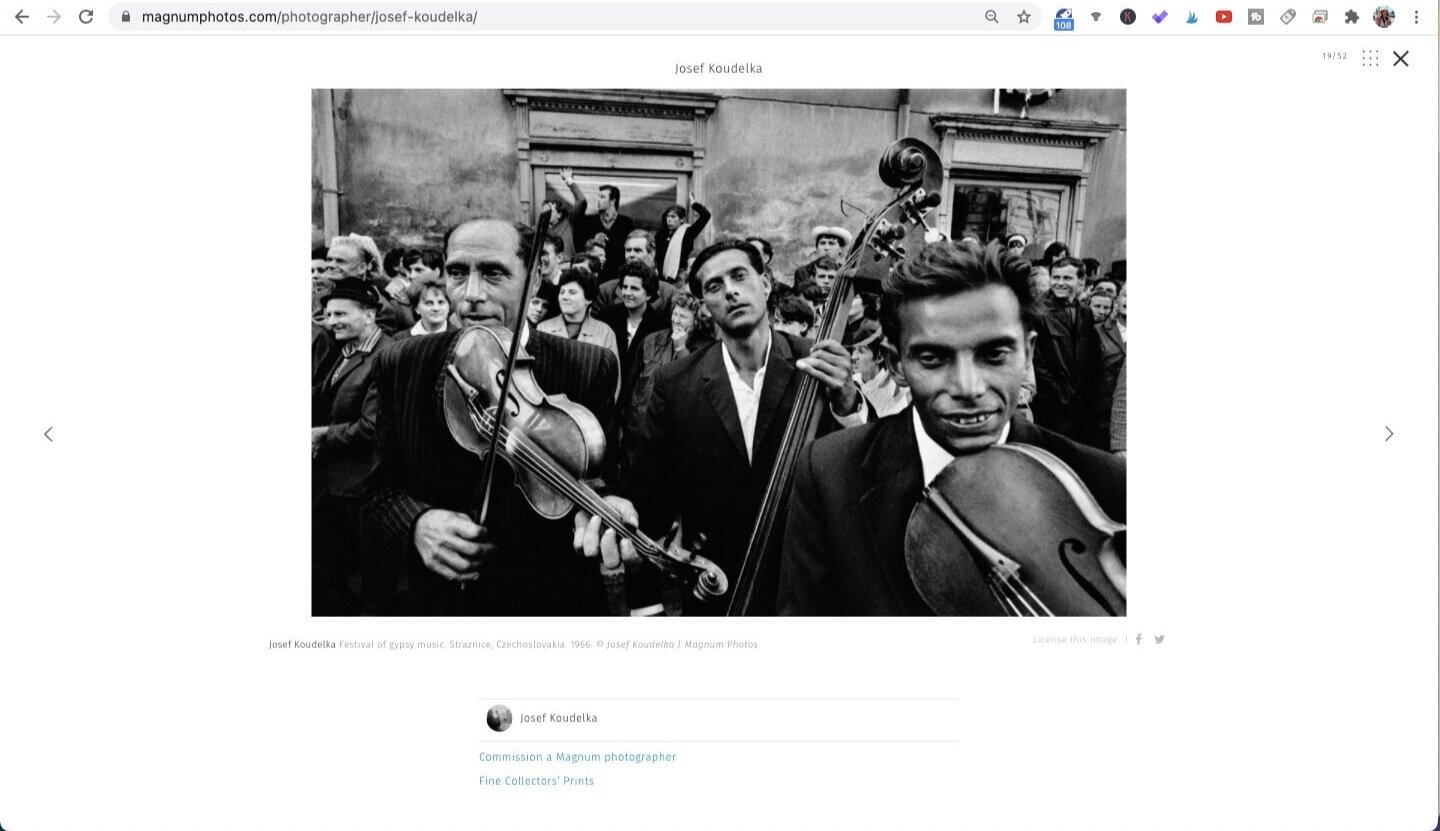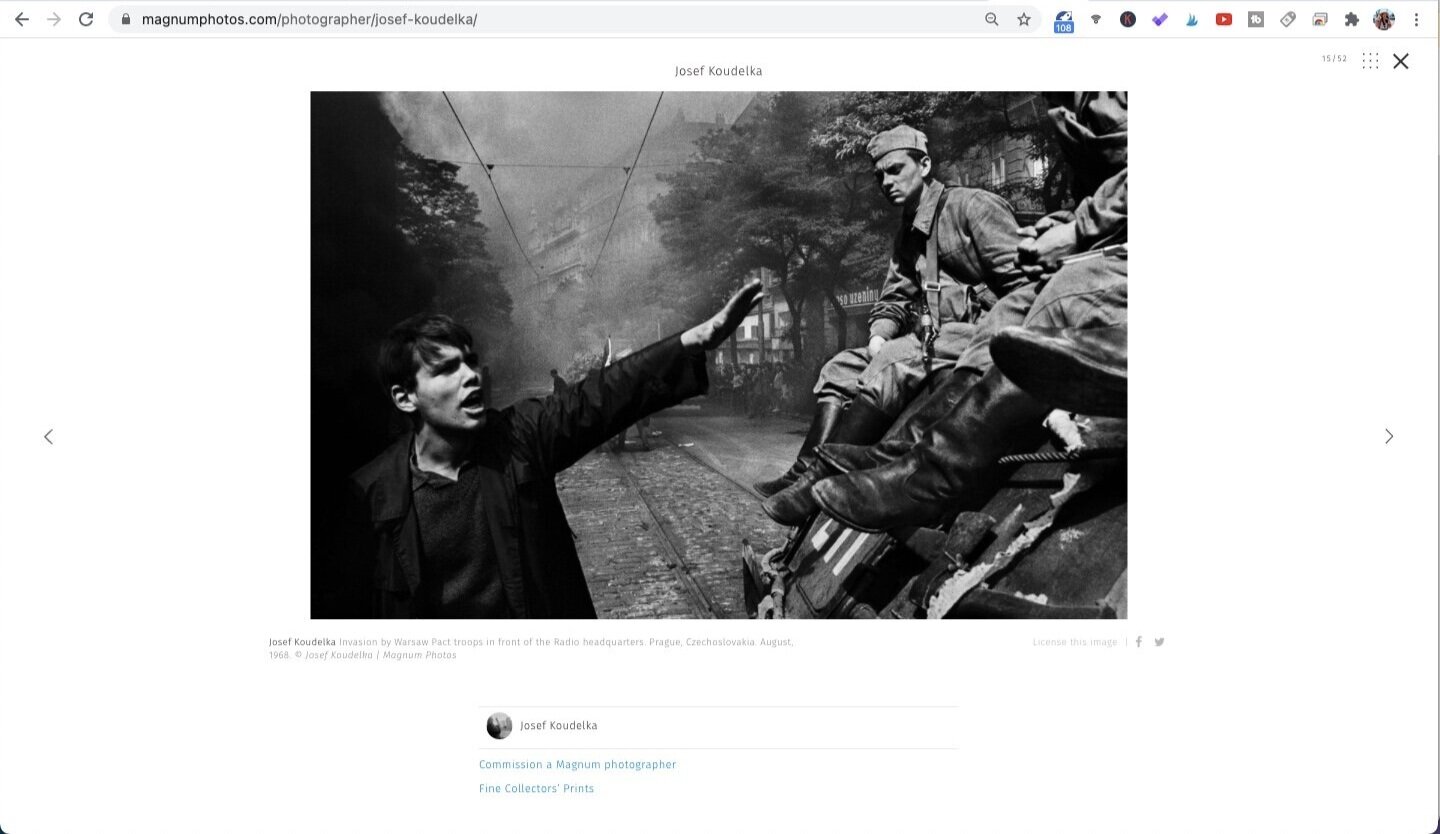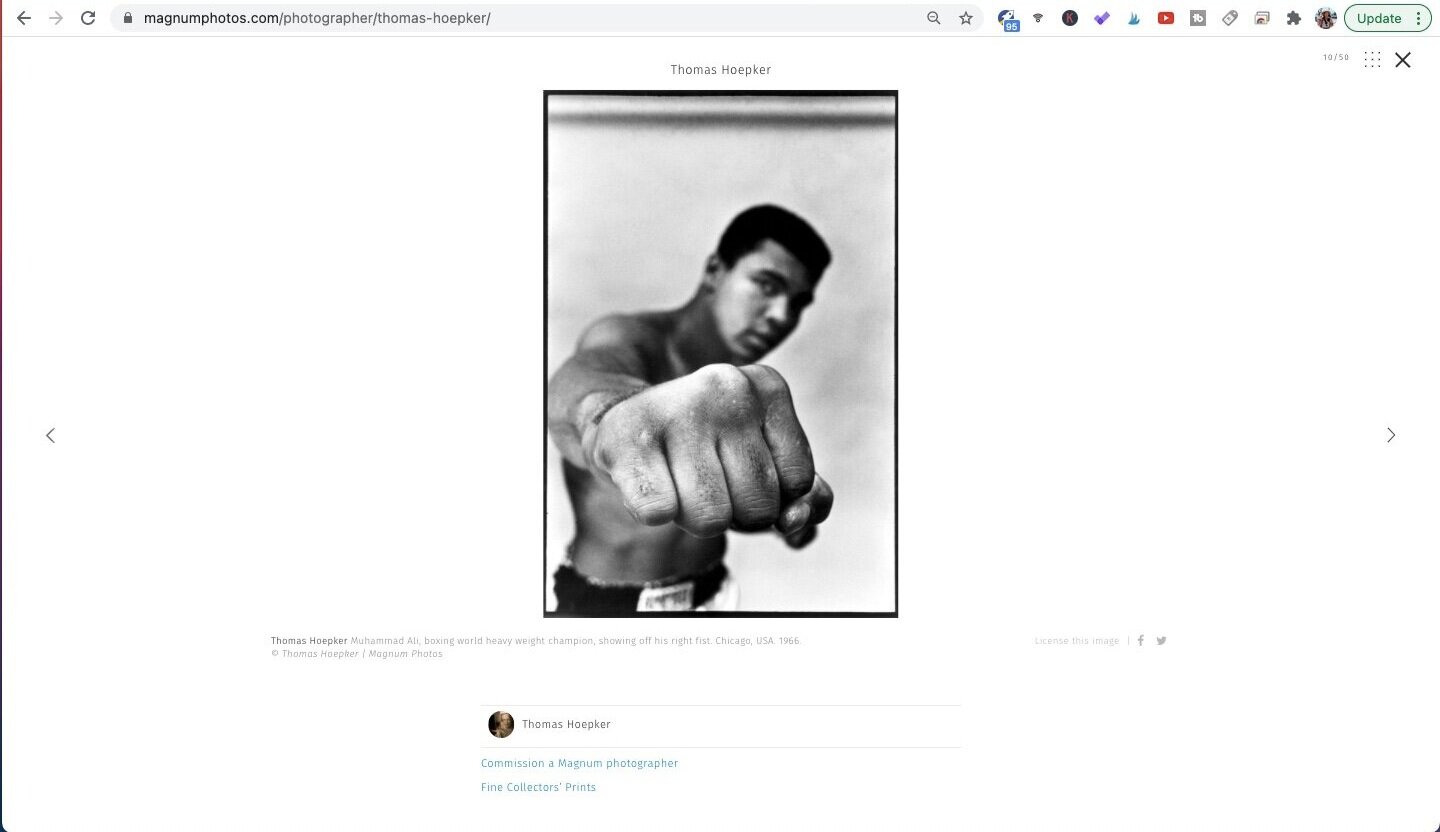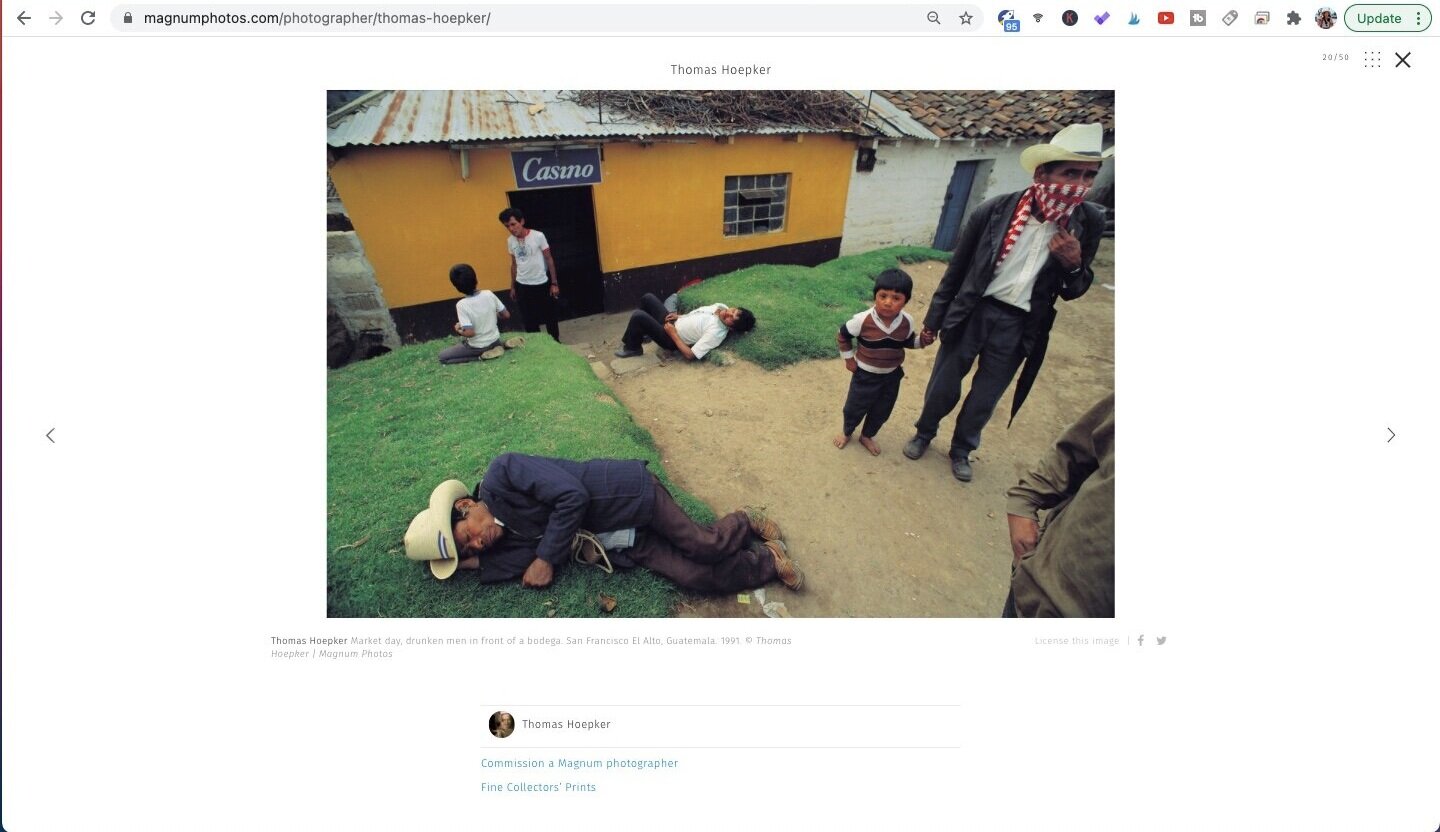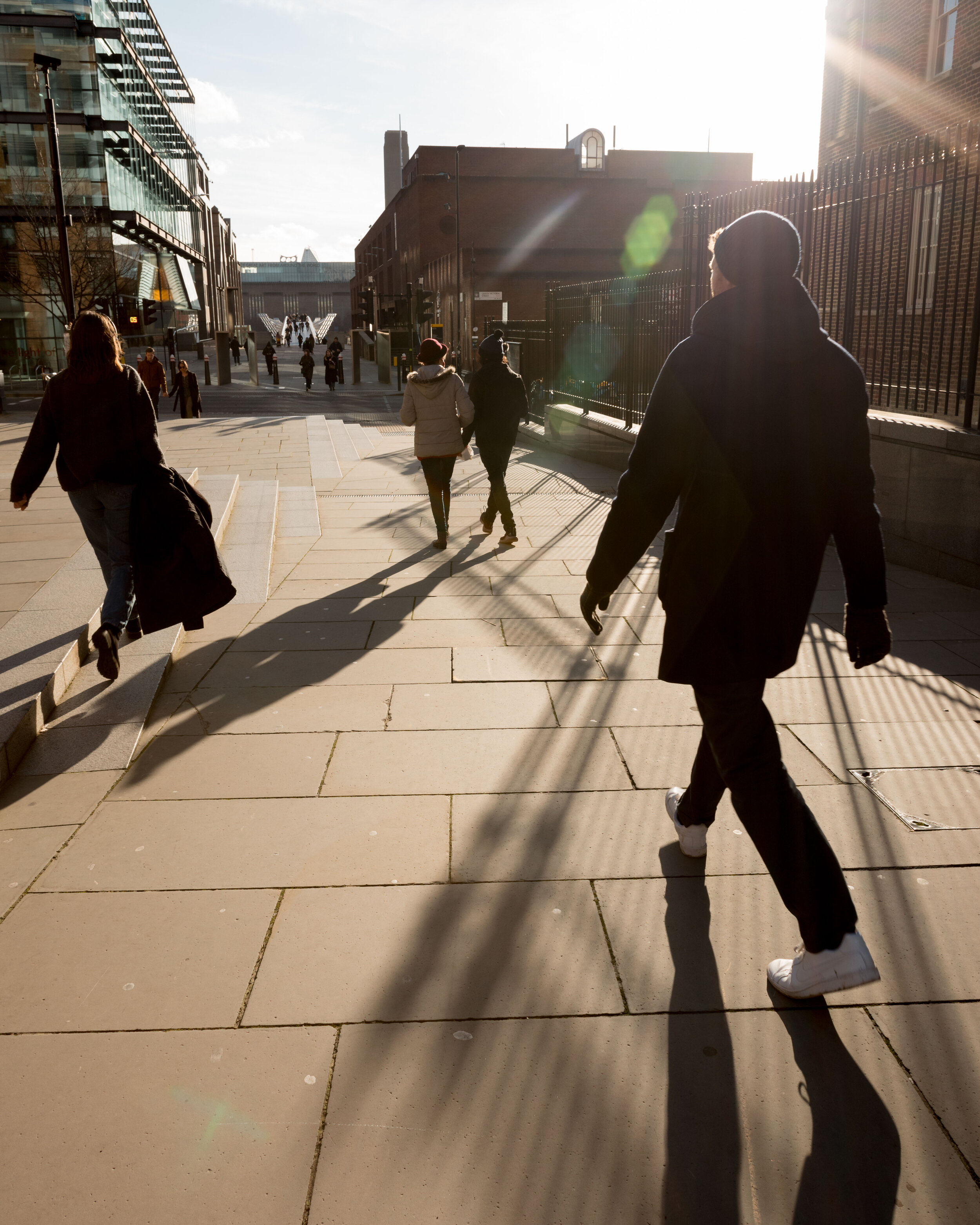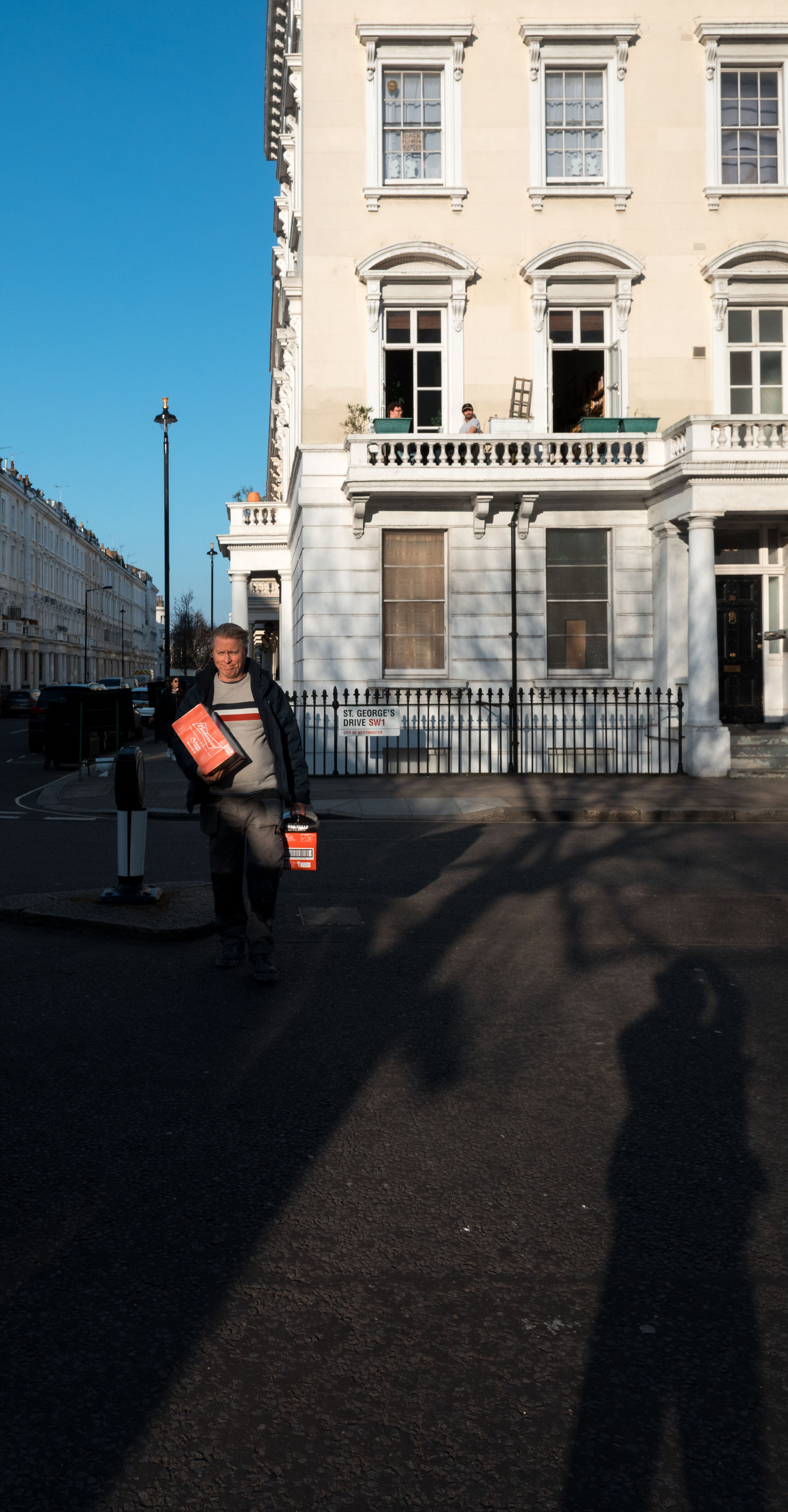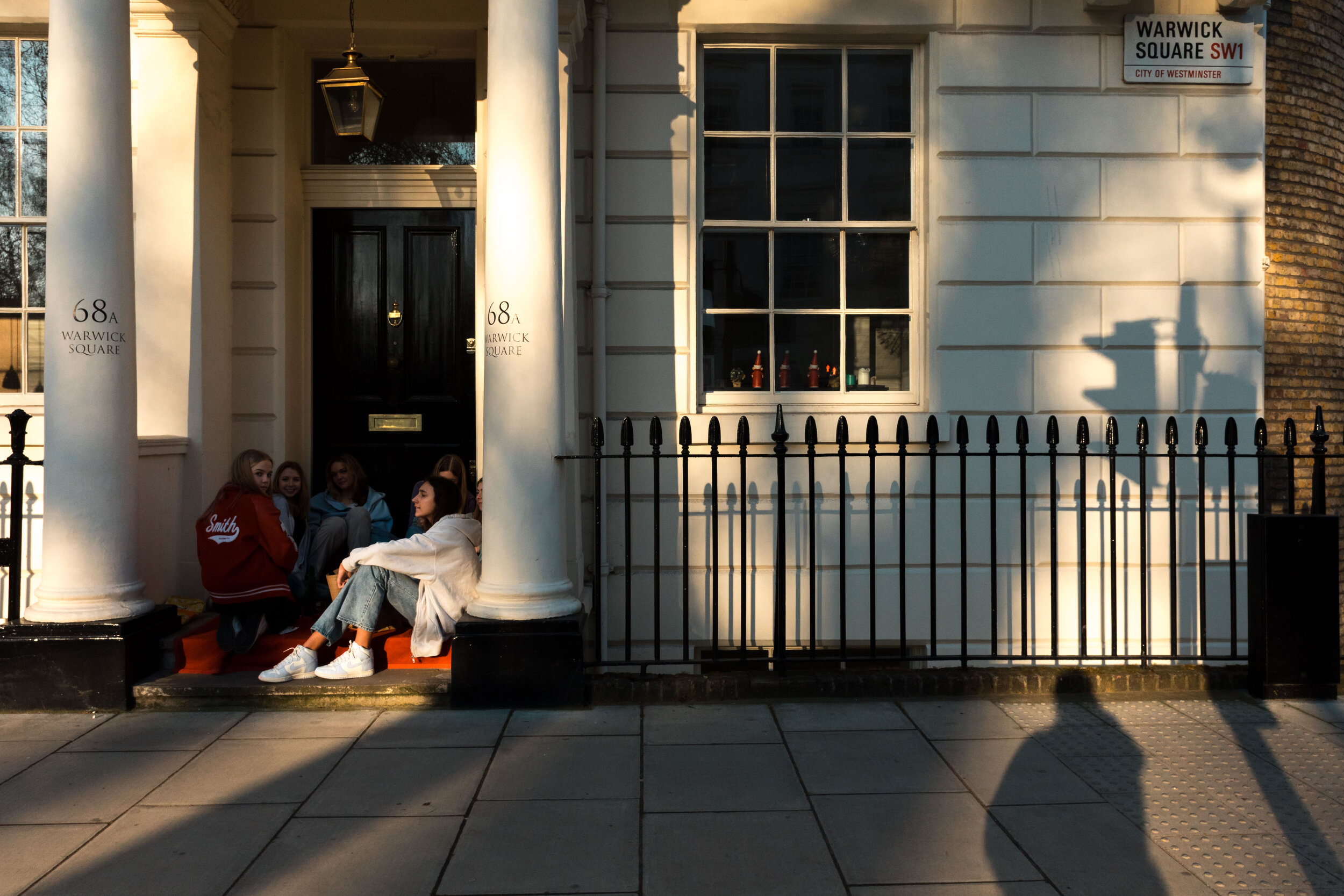Any lens is good for street photography as long as you use it for the right type of situation. Street photography spans across such a wide range of subjects and approaches that no one lens is going to be ‘the best lens’ across the board. Rather, every focal length has its own strong suit, the 24mm is no different. The more relevant question is, therefore, what type of street photography is the 24mm good for? In this article, we will discuss just that.
To give you an idea of how the 24mm point of view looks like, this video serves as a great demonstration to begin with. I personally shoot street photography extensively on the 24mm focal length so here are some recommendations speaking from experience:
Canon: Canon EF 24mm f/2.8 IS USM
Check out their latest prices on Amazon via the links above.
If you find this helpful, SUBSCRIBE to my channel via the box on the left to make the most out of my blog! Also, do share it with people who might be interested. Shoot me an email/ DM to share your thoughts too.
Also, Pin this article to your Photography Techniques/ Street Photography boards in Pinterest if you find it helpful!
Is 24mm Too Wide for Street Photography?
While certainly belonging to the wider end of the focal length spectrum, many renowned photographers shot street photography extensively on the 24mm, such as Josef Koudelka, Sebastião Salgado, Thomas Hoepker and Stuart Franklin, just to name a few. 24mm lenses has its place in street photography, especially in relation to incorporating distorted lines, multi-layered story-telling and capturing intimate portraits. It may be too wide depending on your personal preference, but it does have a specific visual appeal favored by many street photographers.
24mm is a good focal length for street photography for the following reasons.
Depth of Field
Generally speaking, the wider the lens, the wider its depth of field at a given aperture value. This has to do with how a lens is constructed to bend light rays, but as far as it concerns photographers, we don’t need to dig too deep into the science of lenses.
Rather, here are two ways a wider depth of field would matter to your street photography and style - firstly, it enables focusing techniques such as zone focusing, and secondly, it enables more dynamic compositions in capturing street scenarios.
Focusing Techniques: Zone Focusing & Hyperfocal Distance
The wider the lens, the easier it is to perform zone-focusing, or its close relative, hyperfocal distance.
Manual focusing techniques which allow photographers to pre-focus their camera to a preferred range have been very popular among street photographers, classic or contemporary, because it takes away the need to fuss with focus settings in the spur of the moment. This significantly simplifies the process of making a picture and helps massively with getting THE SHOT at THE DECISIVE MOMENT.
Does this sound too good to be true? Well, there are a few prerequisites for manually pre-focusing to work, one of which being a wide enough depth of field. To learn more about street photography focusing techniques, read my earlier article “[Pho.Snap] Best Focus Settings for Street Photography: Manual/ Auto, Prime/ Zoom“, and I shall not repeat the details here.
Simply put, lenses with manual focusing capabilities come with markings that denote the depth of field in both meter (m) and feet (ft) terms. On wide lenses like a 24mm, the markings are typically spread wider apart, whereas those of longer focal lengths of the likes of 50mm and 100mm are significantly narrower.
The wider the depth of field, the more likely potential subjects are kept in focus, and in turn, the more effective the zone-focusing technique becomes. On a longer lens, the depth of field is too narrow for this technique to be helpful. The zone of focus becomes so limited that the photographer either risks missing the focus of a subject, or he would have to adjust the focus ring before every shot, which defeats the purpose of practicing the technique.
Therefore, a wide lens like a 24mm prime enables street photographers to readily enjoy the benefits of manual pre-focusing techniques: to be able to concentrate on compositions, with full knowledge that focus will not be an issue.
This visual guide will help you understand better why zone-focusing works significantly better on wide lenses, and the benefits of incorporating the technique your street photography.
Dynamic Compositions and Layering
A wide lens like the 24mm inspires photographers to take a more fluid approach to composition, resulting in more dynamic and layered images.
Lenses heavily influence street photography compositions, because the wideness of the lens determines how much can fit into a single frame. The case with a wide lens at 24mm is that the resulting image is capable of including many elements.
This means that photos shot on a 24mm lens is able to provide more context, both in the background and the foreground. It also allows the photographer to fit in a couple of mini-stories happening in various parts of the frame, all of which contribute to the overall narration of the image as a collective.
This approach to composition has been loved by many great photographers of our time, one of whom is Alan Schaller. Let’s look at some work of his which exemplifies the 24mm street photography look.
Photo by Alan Schaller, from the series Manhattan. Screen captured from Alanschaller.com.
The 24mm focal length is one of Alan’s go-tos. From the above image, and a few of the following ones, we are able to appreciate that multi layers appear within the same image, creating endless interesting compositions.
Photo by Alan Schaller, from the series Street Photography. Screen captured from Alanschaller.com.
Photo by Alan Schaller, from the series Street Photography. Screen captured from Alanschaller.com.
What these images have in common is that there they pack relatively a lot of elements into the frame and tell a story not only of those elements on their own, but a story of the interaction between them.
Feeling of Intimacy
The 24mm is able to create this sense of intimacy between the viewer and the subject, especially if it is shot close up.
This is due to the edge distortion of wide lenses. It makes objects close to the camera appear closer than they actually are.
It doesn’t necessarily have to be a very tight shot, aka cropped to the subject’s face. But 24mm shots typically have the visual effect of inviting the viewer into the subject’s world and this creates a sense of ‘closeness’. It has more to do with the connection felt by the viewer, more than the crop of the image.
This might sound abstract so let’s refer back to Alan’s work for examples.
Photo by Alan Schaller, from the series Manhattan. Screen captured from Alanschaller.com.
In the image above, there is something that draws the viewer in towards the man on the right, and I would suggest that is the 24mm lens distortion in action.
Photo by Alan Schaller, from the series Portraiture. Screen captured from Alanschaller.com.
This image echoes my point on the feeling of ‘closeness’. The crop here is not tight at all and in fact quite loose in that it incorporates quite a wide spectrum of background and foregrounds. But the perspective draws the eye in, as if the man were a friend, inviting the viewer into his world.
Photo by Alan Schaller, from the series Portraiture. Screen captured from Alanschaller.com.
Instinctively, we feel that the subject is very close to the photographer (and the ourselves, the viewers).
There are photographers who even made the wide, distorted, 24mm look their signature, one of which is a photographer by the name of Lee Jeffries. His body of work of street portraits shot on a 24mm lens has earned the recognition of many. You should check out his work on 500px.
Overall, the 24mm lens is able to create this comic quality in photos that draws the viewer in due to the lens distortion, to create an emotional connection that is unique to the wide focal length.
Exaggerates the Sense of Space
The 24mm lens makes close objects appear closer than they actually are, as we have seen, and similarly, it makes faraway objects appear even further than they area. The result of these combined is that the perception of space is enhanced.
This is a characteristic of 24mm lens that cinematographers often make use of, to create a sense of separation between characters in a scene. In the context of street photography, it can be used to exaggerate distance, or scale.
Let’s consider the work of the Magnum photographer Josef Koudelka, a Czechian photographer greatly known for his coverage of the Soviet invasion in Prague, also known for shooting on a 25mm lens (lenses on film cameras back then often had slightly different specs but in the grand scheme of things the visual appeal should be similar).
Photo by Josef Koudelka, from the series Gypsies. Screen captured from Magnum Photos.
In the image above, we see three musicians in the front of the crowd. They are relatively much larger in size than the rest of the crowd at the back. While they are certainly distanced from the crowd behind, the wide lens perspective create an illusion that the crowd spanned an even wider space.
Photo by Josef Koudelka, from the series Invasion - Prague August 1968. Screen captured from Magnum Photos.
And this doesn’t only apply to depths, but also to widths. In this image above, the human subjects are placed towards the two edges, left and right, of the frame. Although it was very likely that they were only an arm’s length apart, there appeared to be more space than that.
Photo by Josef Koudelka, from the series Invasion - Prague August 1968. Screen captured from Magnum Photos.
Here is another example of how a wide lens becomes incredibly useful in documenting the vastness of a space by enhancing the visual distance between one subject and another.
We can also borrow concepts from portrait shoots and apply them into the context of streets.
Here is the famous shot of Muhammad Ali, taken by Thomas Hoepker.
Photo by Thomas Hoepker. Screen captured from Magnum Photos.
This is the perfect example of how the human perception of distance is warped using a wide angled lens, most typically with a 24mm. We see that Ali’s fist was disproportionately large in comparison with his body, and it appears artificially far away from his body.
This characteristic of the 24mm can be incorporated to a street setting, albeit usually less exaggerated, to separate the main subject and the rest of the frame.
Richness of Context
At this point, you should be able to appreciate the type of outlook that a 24mm perspective is going to provide. As we saw with the above images, the 24mm focal length typically creates shots that are packed with information. From a traditional compositional point of view, the images can borderline appear ‘messy’ and lacking in composition because there are just so much happening in frame.
But this is a way of delivery favoured by many street and documentary photographers. It certainly is more challenging to fit more into a single image and still have them work together to convey a message, or a feeling. But the greatest photographers are skilled in this respect, which is what separates them from the good photographers.
Photo by Thomas Hoepker. Screen captured from Magnum Photos.
Here is another image from Thomas Hoepker. It is unclear what the focal length exactly is here but judging from the degree of distortion shown on the man in a white cap on the right, an educated guess is that the focal length would be somewhere around the 24mm mark.
The case in this image is that we see quite a few groups of people contained in the same frame. There is a man lying down on the lower left corner, a cropped belly on the lower right, a man holding a young boy’s hands on the upper right, and three young men in white shirts on the upper right.
And not to mention that there are further compositional elements regarding the patches of grass, and the colour contrast between the grass and the orange wall of the Casino.
In this situation, the wide lens, in conjunction with a higher up vantage point, resulted in an ‘all-knowing’, montage-like presentation of what the Casino was about. It was about drunkenness and indulgence, and yet a hub for men of all ages, young and old.
The above are more examples taken from my own archive, to further demonstrate what layering can potentially do to your street photography.
This is the power of 24mm in story-telling, in the context of street photography.
Long, Dynamic Leading Lines
Converging lines exist in every corner of our lives and that is for sure, everyone sees them.
But how they show up in an image and how they are being used are what makes a difference in style and approach between photographers.
It concerns us in this context because the 24mm focal length tends to amplify the visual effect of leading lines - it elongates the lines, together distorts and bends the lines some more.
This results in long, slender lines which is a rather intriguing visual experience for the human eye to look at. Let’s study some examples below.
Photo by Stuart Franklin. Screen captured from Magnum Photos.
Here we have an image shot during the 1989 Protests outside TIananmen Square in Beijing, China. The use of leading lines is apparently seen in the hand pointing towards the woman, extending from the lower left of the frame towards the woman. The woman’s own arms, being held open, acted as another leading line pointing to herself from the right end of the frame.
The effect of these lines were further exaggerated by the 24mm lens distortion.
Photo by Alan Schaller, from the series Portraiture. Screen captured from Alanschaller.com.
This is a portrait shot by Alan Schaller and the use of leading lines is evident in this image. The trees in the background converged towards a point directly above the subject’s head and what that effectively does is that it guides the viewer’s eyes along the subject’s body towards his face.
In observing the trajectory of the trees in the background, you can see that they are all slightly bent; they tend to curve towards the centre. This is a literal example of lens distortion of the 24mm.
Summary
In this article, we talked about:
Whether 24mm is too wide for street photography;
Advantages of shooting street photography on 24mm
More sharing coming soon!
SUBSCRIBE via the box on the left for more PRO tips, and follow me on Instagram (@_bjiao__) and let me know what you think in the comments!
Share this article on Pinterest too!
Keep shooting, keep creating!
The mission of this blog is to provide the best insider information in the photography industry, as openly as possible. You have direct access to my
first-person experience as an aspiring photographer who talks, but also works.
Honest opinion are rarely available as public resources because this is a competitive industry. Huge sums are made when such information is delivered in the form of mentorship and workshops.
This blog is a great way in which I cover my daily expenses, but also provide real value.
If you have learnt something that would be worth at least $10, please consider donating to the page. This enables me to keep creating content and helping more people sustainably.
Your continued support for the blog is appreciated!

